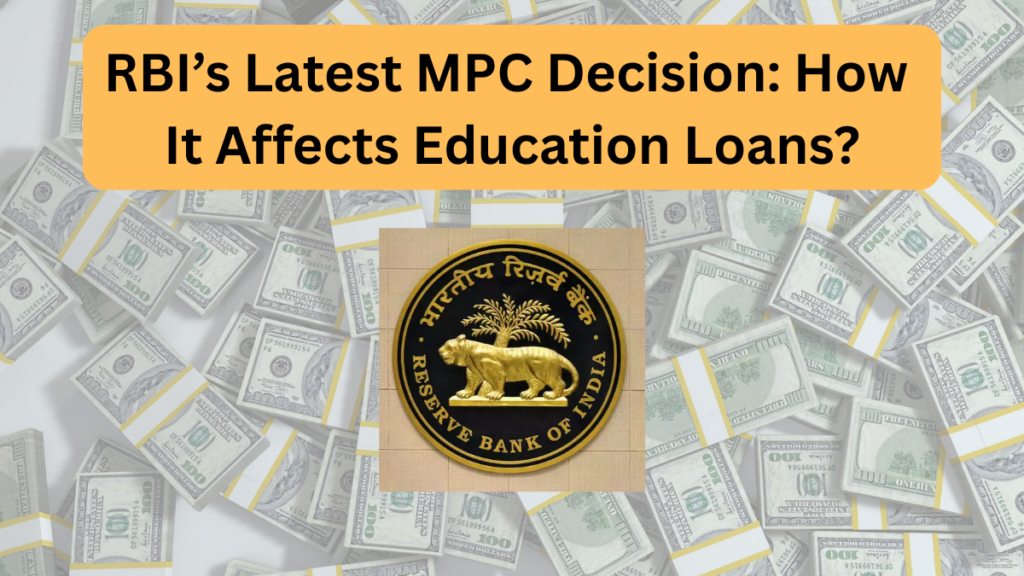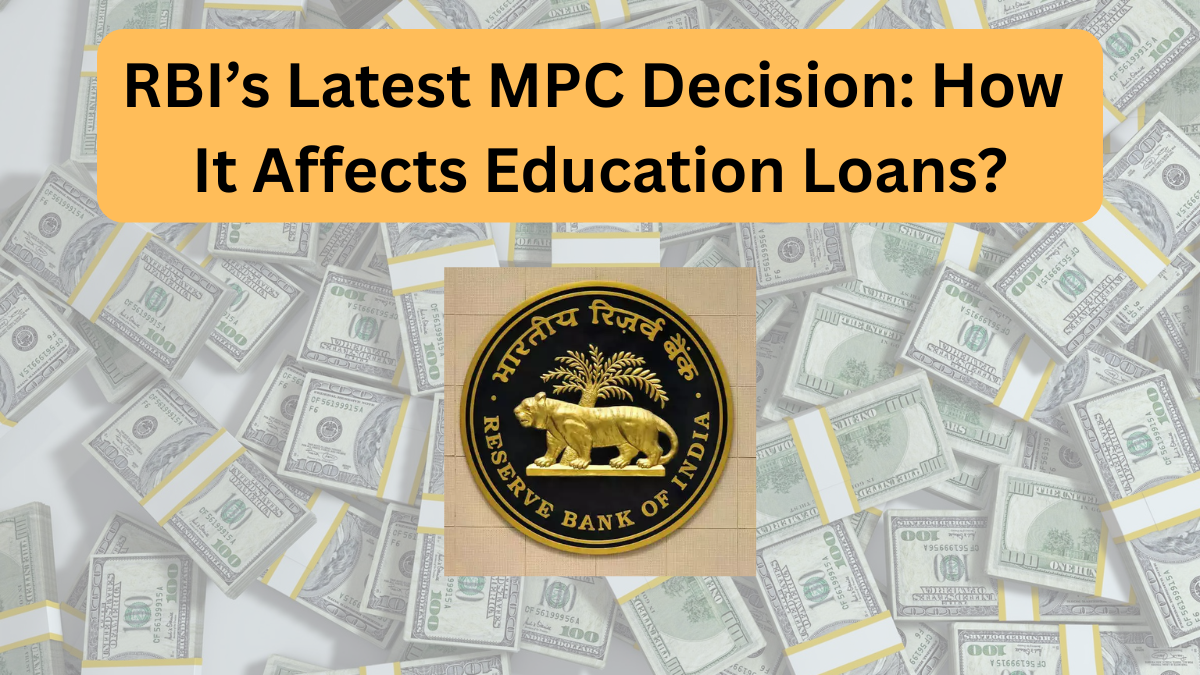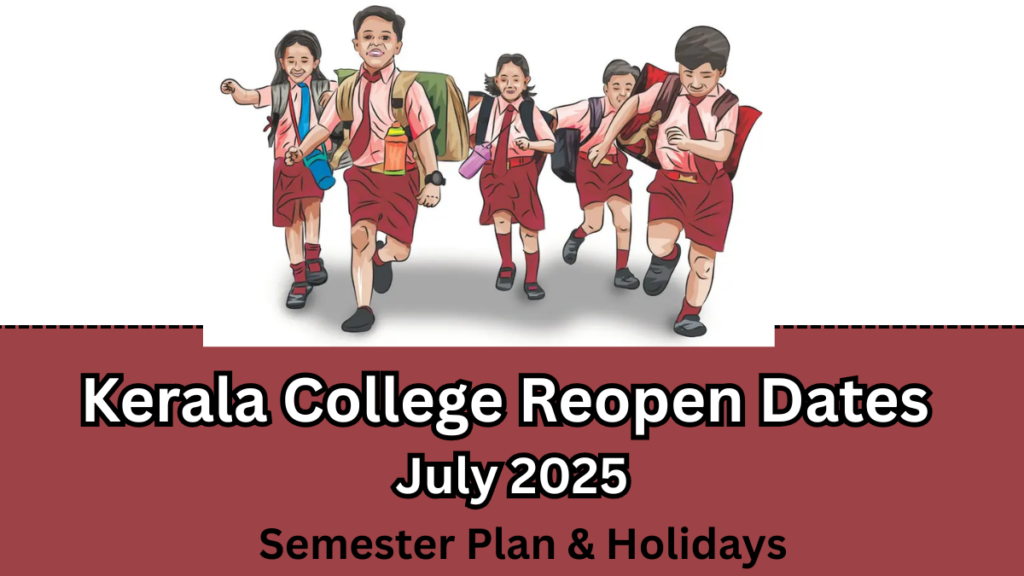The Reserve Bank of India (RBI) plays a pivotal role in shaping the country’s economic landscape. One of the key tools at its disposal is the Monetary Policy Committee (MPC), which meets regularly to assess and determine the direction of important interest rates, including the repo rate. This decision not only impacts the overall economy but also influences various sectors, including education loans.

Table of Contents
What is the Repo Rate and Why Does It Matter?

The repo rate is the rate at which commercial banks borrow money from the RBI. It is a critical factor in determining the cost of borrowing across the economy, affecting everything from home loans to education loans. The RBI uses the repo rate to control inflation and stimulate or slow down economic growth.
The RBI’s Recent Repo Rate Decision
In the most recent Monetary Policy Committee (MPC) meeting, the RBI decided to keep the repo rate unchanged at [insert rate]%, signaling its focus on maintaining economic stability. The decision is especially significant amid ongoing concerns about inflation and economic growth.
-
Why is this important? The repo rate decision directly impacts the cost of loans, including education loans. Any change in the repo rate has a ripple effect throughout the economy.
How Does the Repo Rate Affect Education Loans?
The repo rate has a direct connection to the interest rates on various loans, including education loans. Here’s how:
-
When the repo rate increases:
-
Education loan interest rates rise.
-
Borrowing becomes more expensive, increasing the burden on students and parents.
-
-
When the repo rate decreases:
-
Education loan interest rates fall.
-
Borrowing becomes more affordable, making it easier for students to finance their education.
-
Therefore, changes in the repo rate can significantly impact the financial planning for higher education, especially for students who rely on loans.
Impact on the Broader Economy
The repo rate decision doesn’t just affect education loans. It has far-reaching effects on the economy:
Repo Rate Impact |
Effects |
|---|---|
Higher Repo Rate |
– Curb inflation by making borrowing expensive. |
– Slow down economic growth and reduce consumer spending. |
|
Lower Repo Rate |
– Stimulate economic activity by making borrowing cheaper. |
– Encourage investment and consumer spending, but may increase inflation. |
-
High Repo Rate: While it can help control inflation, it may also lead to slower economic growth and reduced consumer and business spending.
-
Low Repo Rate: Encourages borrowing, investment, and consumption, potentially boosting economic growth but carries the risk of inflation if not carefully managed.
Conclusion:
The decisions taken during the RBI’s MPC meetings have a significant impact on both the economy and personal finances, especially for students seeking education loans. It’s essential for students and parents to stay informed about any changes to the repo rate, as this could affect education loan interest rates and their ability to finance higher education.
FAQs:
1. How often does the RBI review the repo rate?
The RBI’s Monetary Policy Committee (MPC) meets every two months to review and set the repo rate, though it can also make unscheduled announcements in response to economic conditions.
2. What happens if the repo rate is increased?
An increase in the repo rate typically leads to higher interest rates on loans, including education loans, making borrowing more expensive for students.
3. How does a change in the repo rate affect the economy?
Changes in the repo rate directly affect inflation, consumer spending, and investment. A higher rate can slow down economic growth, while a lower rate can stimulate activity but might risk inflation.
4. How can students prepare for fluctuations in education loan rates?
Students should keep an eye on the RBI’s Monetary Policy Committee announcements and consider locking in a fixed-rate education loan if they expect interest rates to rise.
Click here to learn more










